“Freezing your computer screen” refers to the intentional act of locking or securing the display to prevent unauthorized access or maintain privacy. This can be achieved through built-in operating system features, third-party software, or hardware solutions like physical privacy screens or keyboard locks. It’s essential for safeguarding sensitive information and ensuring data integrity in various professional and personal computing environments.
Are you looking to safeguard your privacy while stepping away from your computer? Mastering how to freeze your computer screen using built-in features and hardware solutions provides essential security in today’s digital world.
Learning how to freeze your computer screen effectively enhances privacy and security in various settings. Whether using built-in OS features, third-party software, or hardware solutions like keyboard locks, these methods ensure confidential information remains protected from unauthorized access. Implementing screen freezing techniques supports efficient workflow management and promotes responsible data handling practices.
Methods to Freeze Your Computer Screen
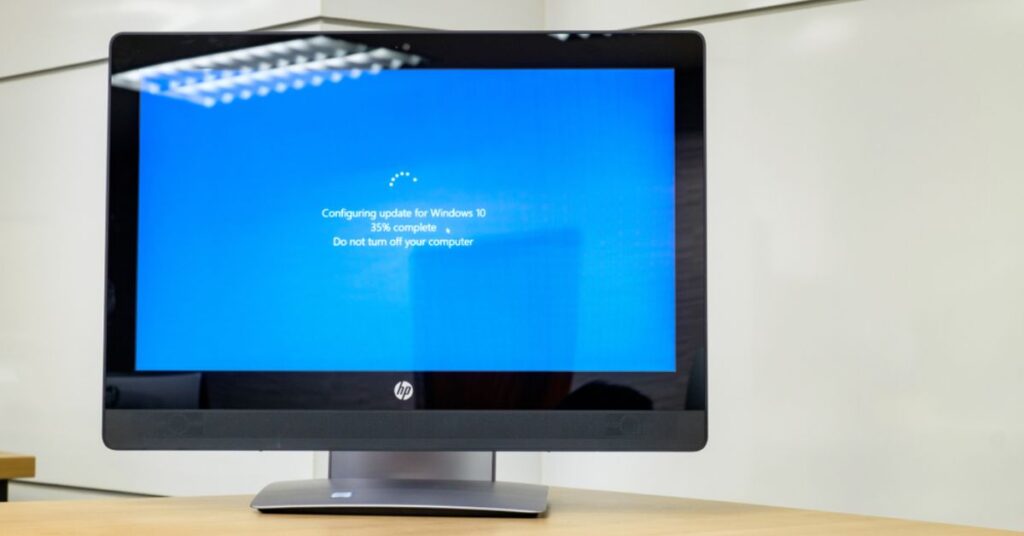
Using Built-in Operating System Features
Freezing your computer screen using built-in OS features is convenient and ensures compatibility with your system. On Windows, the `Windows Key + L` shortcut instantly locks your screen, displaying the login window upon unlocking. This feature is invaluable in public settings or workplaces where privacy is crucial. It allows you to secure your desktop swiftly without closing applications, making it ideal for brief absences or when switching between tasks.
For MacOS users, leveraging hot corners or keyboard shortcuts provides similar functionality. Setting up hot corners through System Preferences allows you to trigger actions like starting the screensaver or putting the display to sleep by moving your mouse to a designated corner. Meanwhile, pressing `Control + Command + Q` locks the screen immediately, requiring a password to regain access. These methods are user-friendly and integrate seamlessly into MacOS’s interface, offering effective screen protection during breaks or presentations.
Leveraging Third-Party Software
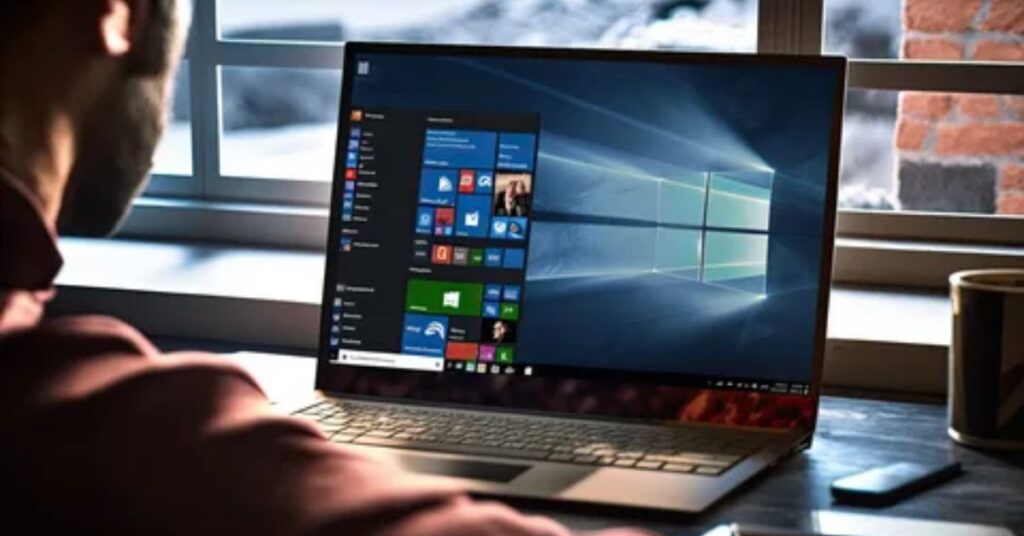
Third-party software expands screen freezing capabilities beyond native OS features. Programs like ClearLock, ScreenBlur, and LockMyPC offer additional functionalities such as customizable lock screens and input device blocking. These tools are beneficial in environments where standard OS options may not meet specific security needs or workflow requirements.
Installing and configuring third-party software is straightforward; users can select software that aligns with their privacy preferences and organizational policies, enhancing screen security without compromising usability. This flexibility makes third-party solutions a preferred choice for users seeking advanced screen freezing features tailored to their operational demands.
Using Built-in Operating System Features
Using built-in operating system features to freeze your computer screen is both straightforward and effective. On Windows systems, the `Windows Key + L` shortcut is a quick and reliable method to lock your screen instantly.
This action displays the login screen, ensuring that your desktop remains secure from unauthorized access while you’re away. It’s particularly useful in busy environments like offices or public spaces where privacy is paramount, allowing you to safeguard sensitive information without interrupting your workflow.
For MacOS users, leveraging hot corners provides a convenient way to trigger screen actions. By setting up hot corners through System Preferences, you can assign actions such as starting the screensaver or putting the display to sleep when you move the cursor to a designated corner of the screen. This feature is customizable and integrates seamlessly into MacOS’s user interface, making it easy to protect your screen during breaks or presentations with just a flick of the mouse. Together, these built-in OS features ensure that freezing your computer screen is both intuitive and efficient, enhancing privacy and security in various settings.
Read Also This: How to Full Screen Undertale on PC?
For Windows: Using the screen lock function (Windows+L)
To quickly lock your screen on a Windows computer, follow these steps:
- Save Your Work: Ensure all your data is saved to prevent loss.
- Keyboard Shortcut: Press `Windows Key` + `L` simultaneously.
- This shortcut immediately locks your screen and displays the login window upon unlocking.
- Ideal for quickly securing your computer in public places or workplaces.
For MacOS: Use hot corners or shortcut commands to trigger the screensaver or lock screen
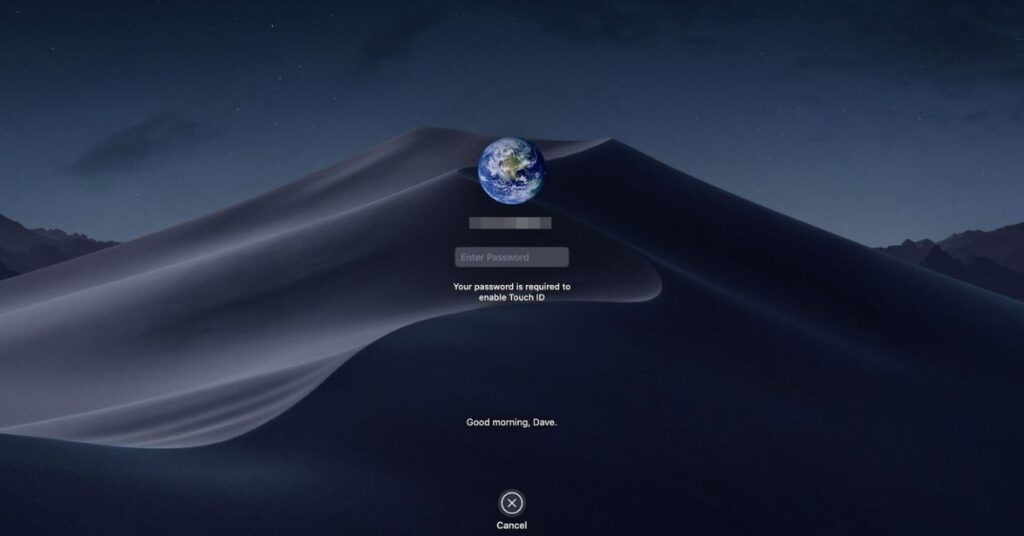
For MacOS users, utilizing hot corners or shortcut commands provides convenient options to trigger the screensaver or lock screen swiftly. Setting up hot corners can be done through System Preferences, where you navigate to the Desktop & Screen Saver section and select the Screen Saver tab. Here, you can assign actions such as starting the screensaver or putting the display to sleep when you move your mouse to a specific corner of the screen. This method offers a seamless way to protect your screen’s content from prying eyes during brief absences from your workstation.
MacOS offers keyboard shortcuts for locking the screen promptly. Pressing `Control + Command + Q` instantly locks the screen, requiring authentication to regain access. This shortcut is handy for securing your Mac quickly before stepping away or when transitioning between tasks, ensuring that your data remains confidential and inaccessible to unauthorized users. These built-in features make it easy for MacOS users to manage screen security effectively, enhancing privacy in diverse work and personal environments.
MacOS offers intuitive ways to protect your screen:
Hot Corners Setup: Navigate to System Preferences > Desktop & Screen Saver > Screen Saver tab, then click on “Hot Corners…”. Choose an action like “Start Screen Saver” or “Put Display to Sleep” for a corner.
Keyboard Shortcut: Press `Control` + `Command` + `Q` to lock your screen instantly.
Adjust settings under System Preferences > Security & Privacy to ensure your Mac asks for a password immediately after screen locking.
Read This Blog: The Role of GPT66X in Advancing Sustainable Technologies
Leveraging Third-Party Software
When built-in options don’t suffice, third-party software provides additional features:
ClearLock, ScreenBlur, LockMyPC: These programs offer functionalities like input device blocking and customizable lock screens.
Installation and Setup: Choose a reputable software, install from official sources, and configure settings to meet your security needs.
How do you Freeze Your Computer Screen | Hardware-Based Solutions
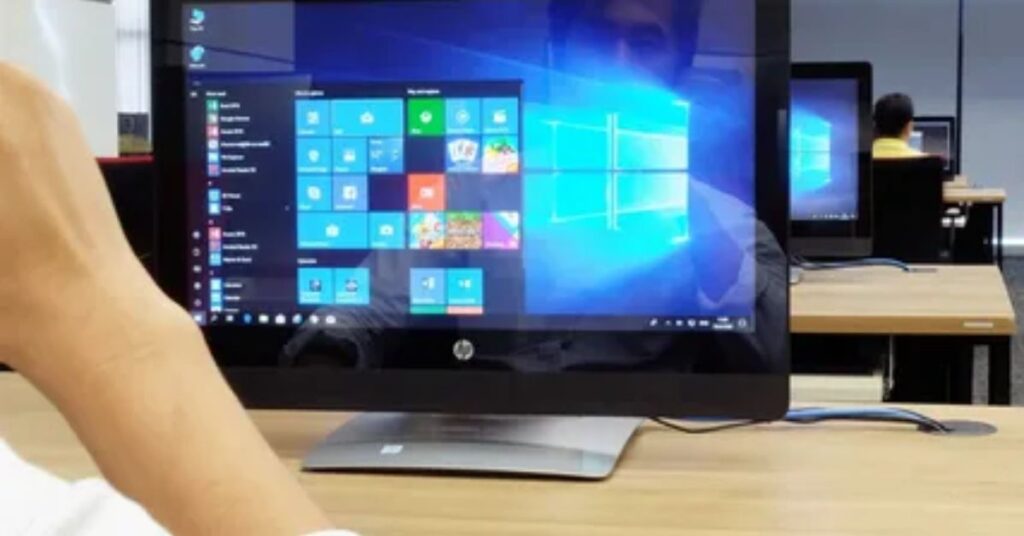
Hardware-based solutions offer effective ways to freeze your computer screen, particularly in environments where additional security measures are required beyond software options:
Using physical privacy screens
Physical privacy screens are simple yet effective tools for maintaining screen privacy. These screens are attached to your monitor and limit the viewing angle, ensuring that the content on your screen is visible only to individuals directly in front of it. They are particularly useful in open office spaces or public environments where maintaining confidentiality is crucial. Privacy screens come in various sizes to fit different monitor dimensions and are easy to install and remove as needed.
Keyboard locks or external USB devices to freeze the screen
Keyboard locks and external USB devices provide hardware-driven solutions for screen freezing. Keyboard locks physically prevent keystrokes, effectively freezing the screen by halting any input actions. They are often used in environments where computers need to be left unattended but logged in, such as in server rooms or digital kiosks. On the other hand, external USB devices can automatically lock the screen when the user moves away from the computer. Some advanced USB devices use wireless tokens or proximity detectors to enhance security by locking the workstation as soon as the user steps out of range.
Using physical privacy screens
Privacy Enhancement: Attach a physical screen filter to limit viewing angles, ensuring content visibility only to those directly in front of the monitor.
Ease of Use: Available in various sizes and easily attachable for shared workspaces or open environments.
Keyboard locks or external USB devices to freeze the screen
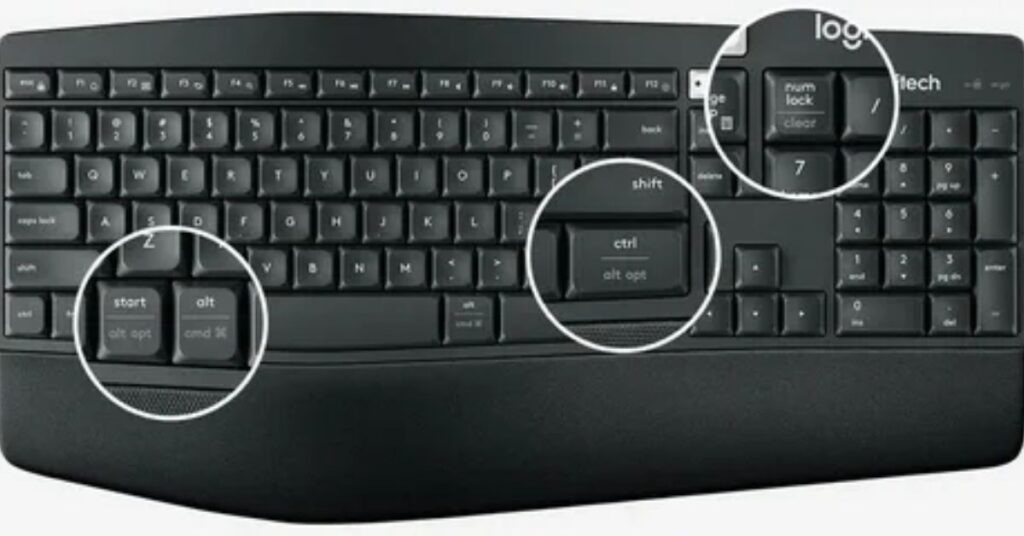
Keyboard locks and external USB devices provide effective hardware-based solutions for freezing your computer screen, each offering unique benefits:
Keyboard Locks
Keyboard locks are physical devices designed to prevent keystrokes, thereby freezing the screen by halting any input activities. These locks are particularly useful in environments where computers need to remain logged in but unattended, such as in server rooms, digital kiosks, or shared workspaces. By physically blocking the keyboard, these locks ensure that the screen remains unchanged and secure from unauthorized access or tampering.
External USB Devices
External USB devices offer another innovative approach to screen freezing and security. These devices, which resemble USB flash drives, can be programmed to lock the screen automatically when inserted into a USB port. Some advanced models utilize wireless tokens or proximity sensors to detect when the user moves away from the workstation, triggering an automatic lock to protect sensitive information. This feature is especially beneficial in environments where frequent movement away from the computer is common, such as in office settings or public workspaces.
Both keyboard locks and external USB devices provide reliable methods to freeze your computer screen, offering enhanced security measures beyond software-based solutions. These hardware-driven options are instrumental in safeguarding confidential information and maintaining privacy integrity in various professional and public scenarios.
Conclusion
Mastering how to freeze your computer screen is essential for both personal privacy and professional security. Utilizing built-in operating system features like windows’ `windows key + l` shortcut or macos’s hot corners ensures quick and effective screen locking, ideal for maintaining confidentiality during breaks or presentations. Moreover, leveraging third-party software such as clearlock or hardware solutions like physical privacy screens and keyboard locks enhances flexibility and security in diverse computing environments. These methods not only protect sensitive information but also promote efficient workflow management by allowing users to secure their screens promptly without disrupting productivity.
In today’s digital landscape, where data privacy is paramount, understanding and implementing these freezing techniques are crucial. Whether in office settings, public spaces, or educational environments, freezing your screen ensures that confidential information remains inaccessible to unauthorized individuals, safeguarding both personal and organizational integrity. By incorporating these methods into daily computing practices, users can effectively manage screen security while promoting a culture of responsible data handling and privacy protection.
Frequently Asked Questions
How can you make your screen freeze?
To freeze your screen, use built-in shortcuts like `Windows Key + L` for Windows or `Control + Command + Q` for MacOS. Third-party software and hardware solutions like physical privacy screens or keyboard locks also offer effective freezing options.
How do I freeze my computer screen with a keyboard?
Use `Windows Key + L` on Windows or `Control + Command + Q` on MacOS to lock your screen instantly with keyboard shortcuts designed for security and privacy.
What are the built-in methods to freeze my screen on a Mac?
MacOS offers built-in methods like setting up hot corners to trigger the screensaver or using keyboard shortcuts to lock the screen quickly.
Can I use third-party software for more advanced screen freezing options?
Yes, third-party applications such as ClearLock, ScreenBlur, and LockMyPC provide advanced features like input device blocking and customizable lock screens for enhanced screen freezing.
Are there hardware solutions to freeze my screen?
Yes, hardware-based solutions like physical privacy screens and keyboard locks provide practical methods to ensure screen privacy and security, especially in shared or public environments.

Sallas: Tech-savvy professional with 5 years in the industry. Skilled in software development, cloud computing, and AI. Known for innovative solutions and teamwork.








